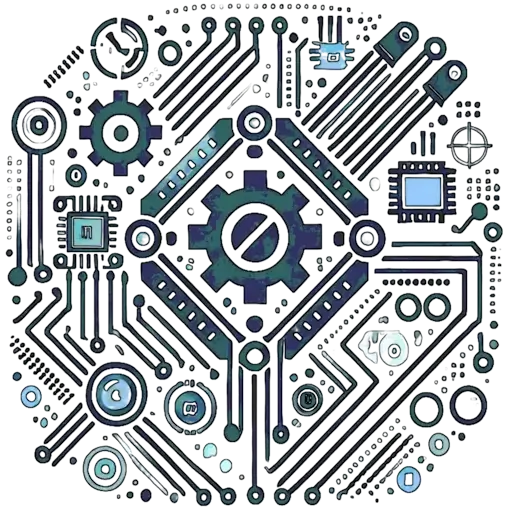Introduction
This experiment shows how to use the NodeMCU (ESP8266) to control LEDs remotely via Wi-Fi, using a simple web server.
Components Needed
- NodeMCU (ESP8266)
- LED
- 220-ohm Resistor
- Jumper wires
No Ads Available.
Circuit Setup
- Connect the long leg (anode) of the LED to the D2 pin of the NodeMCU.
- Connect the short leg (cathode) of the LED to the GND pin through a 220-ohm resistor.
Ensure the LED is properly connected for it to turn on or off via the web interface.
Code for NodeMCU LED Control
Upload the following code to your NodeMCU to control the LED via Wi-Fi:
#include
const char* ssid = "Your_SSID";
const char* password = "Your_PASSWORD";
WiFiServer server(80);
int ledPin = D2;
void setup() {
Serial.begin(115200);
pinMode(ledPin, OUTPUT);
WiFi.begin(ssid, password);
while (WiFi.status() != WL_CONNECTED) {
delay(500);
Serial.print(".");
}
server.begin();
}
void loop() {
WiFiClient client = server.available();
if (client) {
String request = client.readStringUntil('\r');
client.flush();
if (request.indexOf("/LED=ON") != -1) {
digitalWrite(ledPin, HIGH);
} else if (request.indexOf("/LED=OFF") != -1) {
digitalWrite(ledPin, LOW);
}
client.print("HTTP/1.1 200 OK\nContent-Type: text/html\n\n");
client.print("LED Control


